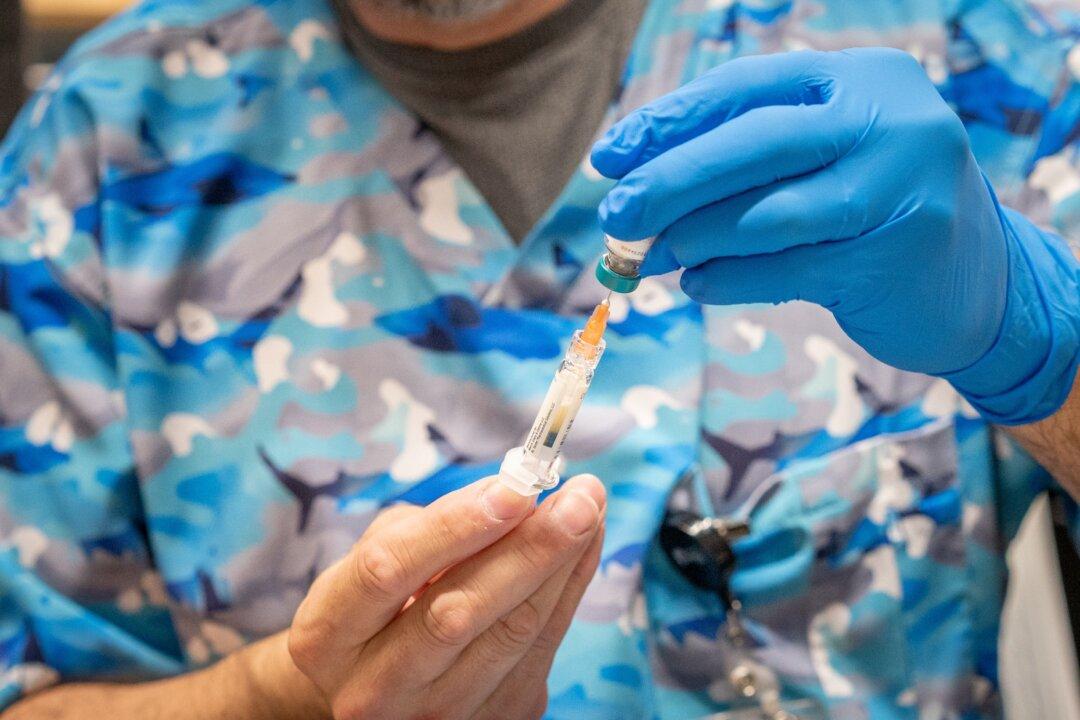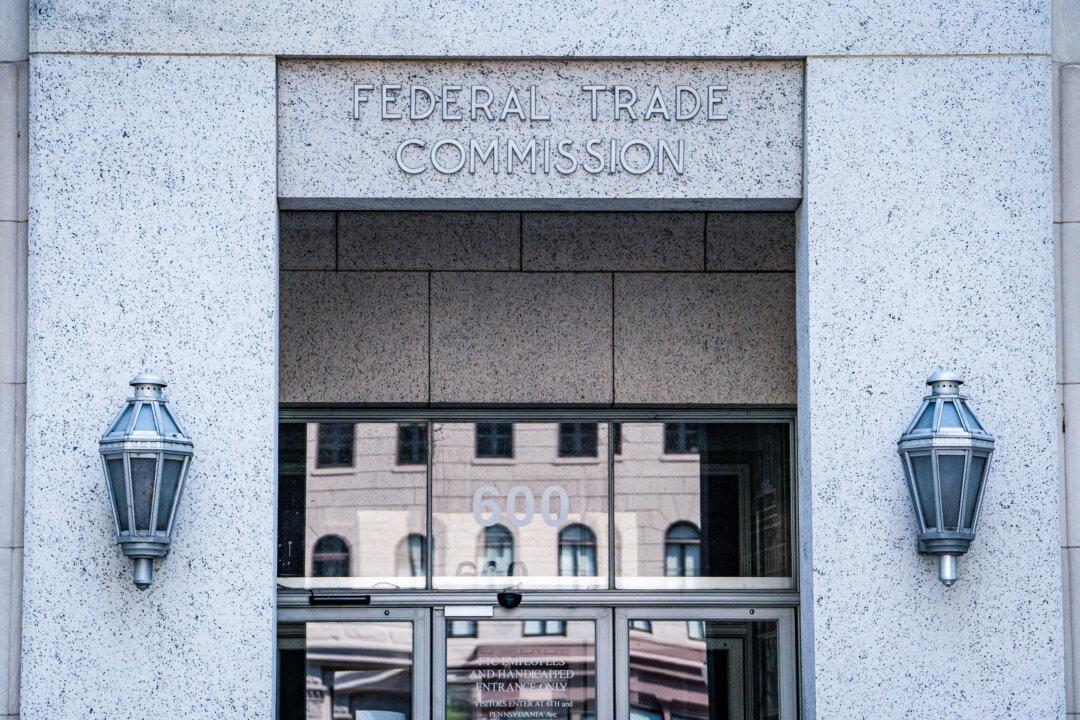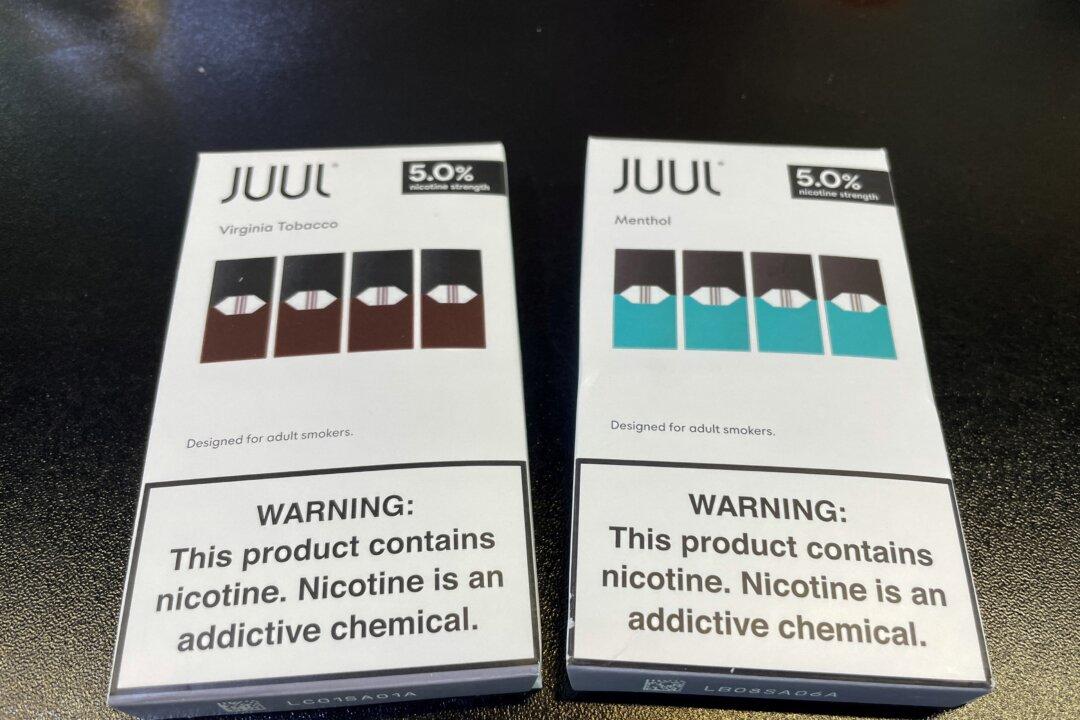The rates of measles, mumps, rubella (MMR) vaccination declined during the COVID-19 pandemic, researchers reported in a new paper.
Lauren Gardner, with the Department of Epidemiology at the Johns Hopkins Bloomberg School of Public Health in Maryland, and co-authors analyzed data from state health departments and other sources to track county-level changes in MMR vaccination from the 2017–18 school year to the 2023-2024 school year.
Researchers were able to obtain data for 33 states: Alabama, Alaska, Arizona, California, Colorado, Connecticut, Florida, Hawaii, Iowa, Kansas, Kentucky, Maine, Maryland, Massachusetts, Michigan, Minnesota, Missouri, Nevada, New Jersey, New York, North Carolina, Oregon, Pennsylvania, Rhode Island, South Carolina, South Dakota, Tennessee, Texas, Utah, Vermont, Virginia, Washington state, and Wisconsin.
All but four states—California, Connecticut, Maine, and New York—logged decreases in MMR vaccination coverage.
The data show how even states with high MMR vaccination coverage can have counties with low rates, placing them at increased risk of measles outbreaks, Gardner told The Epoch Times in an email.
“Additionally, this data set reveals a very clear and alarming trend in (declining) vaccination coverage across almost all states, which aligns with an observable increase in reported measles cases,” she said.
The largest MMR vaccination rate decline was recorded in Hawaii, which now has the second-lowest rate after Wisconsin.
Health officials in Hawaii did not respond to an inquiry from The Epoch Times by publication time.
A spokesperson for the Wisconsin Department of Health Services said the agency is working to increase MMR vaccination rates.
“The decline in vaccination rates is complex and likely due to several different things, including limited access to routine health care during the pandemic, the rise of misinformation and disinformation about vaccines which may have led people to refuse or delay vaccines, as well as other barriers for families to access vaccines,” the spokesperson told The Epoch Times in an email.
Brian Hooker, the chief scientific officer of the Children’s Health Defense nonprofit, told The Epoch Times in an email that the MMR vaccine has reduced the transmission of measles but that the available data do not demonstrate it has resulted in a reduction of mortality from measles.
“The overall benefits claimed by vaccine manufacturers and health agencies are vastly overstated. Simultaneously, the risks of harm are significantly understated,” he said, pointing to reports of post-vaccination death lodged with the Vaccine Adverse Event Reporting System, which accepts reports from patients, providers, and others.
For the 2023–24 school year, 92.7 percent of kindergartners had received the MMR vaccine, down from 93.1 percent the previous year and 95 percent in the 2017-2018 school year, according to the CDC.
The lowest rates were recorded in Idaho—80 percent, Alaska—84 percent, and Wisconsin—84 percent, the data showed.
MMR vaccines are required for school attendance in all 50 states, according to the nonprofit Immunize.org. States offer religious and/or medical exemptions.
The rate of exemptions was up to 3.3 percent nationwide in 2023-2024, an increase from 3 percent during the 2022-2023 school year and 2.6 percent in the 2021-2022 school year, according to the CDC.







